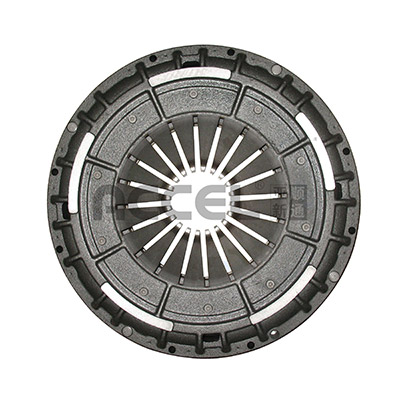Mobile:+86-311-808-126-83
Email:info@ydcastings.com
ls twin turbo exhaust manifolds
Exploring LS Twin Turbo Exhaust Manifolds A Performance Game Changer
In the world of automotive performance, few modifications have garnered as much attention as twin-turbo setups, particularly when paired with the robust LS engine platform. Known for its versatility, reliability, and aftermarket support, the LS engine has become a favorite among car enthusiasts and builders. One critical component in maximizing the potential of a twin-turbo LS setup is the exhaust manifold; specifically, LS twin turbo exhaust manifolds. In this article, we'll delve into the intricacies of these manifolds, their designs, benefits, and considerations for those looking to enhance their vehicle's performance.
The Role of Exhaust Manifolds
Exhaust manifolds play a pivotal role in channeling exhaust gases from the engine's cylinders to the turbochargers. In a twin-turbo setup, ensuring optimal flow is crucial for maximizing power, efficiency, and response. Stock LS manifolds are typically designed for naturally aspirated applications, which means that when boosting an LS engine, a custom or aftermarket twin turbo exhaust manifold becomes vital to unlock the engine's true potential.
Design Considerations
LS twin turbo exhaust manifolds are engineered to cater specifically to the unique demands of forced induction. These manifolds often feature designs that prioritize short runner lengths to minimize turbo lag. A short runner allows exhaust gases to reach the turbochargers quickly, resulting in improved throttle response and quicker spool times.
Additionally, manifold construction can differ significantly between manufacturers. Common materials used include stainless steel, which offers excellent durability and resistance to corrosion under extreme temperatures. Some builders may opt for fabricated manifolds, allowing for custom configurations that can fit specific vehicle setups, ensuring that the manifold optimally routes exhaust gases with minimal turbulence.
Types of Manifolds
When selecting LS twin turbo exhaust manifolds, enthusiasts have several options. One common design is the log-style manifold, which provides a simple and compact solution for twin-turbo setups. Although generally more affordable and easier to fit, log-style manifolds may not offer the best performance in terms of efficiency and flow.
ls twin turbo exhaust manifolds

On the other hand, the tubular manifold design is highly favored among performance enthusiasts. These manifolds are typically constructed using individual tubes that are seamlessly welded together, allowing for a more intricate and optimized flow profile. Moreover, the tubular design facilitates precise routing, which can help in avoiding potential interference with other components in the engine bay.
Performance Benefits
The advantages of upgrading to LS twin turbo exhaust manifolds are numerous. First and foremost, enhanced airflow significantly improves turbocharger efficiency, translating into increased horsepower and torque. Furthermore, the optimized design reduces turbo lag, allowing for a more engaging driving experience with snappier acceleration.
Beyond performance, high-quality exhaust manifolds also contribute to engine health. By ensuring that exhaust gases are expelled efficiently, these manifolds help maintain optimal engine temperatures, which can reduce the risk of overheating and prolong engine life.
Installation and Compatibility
When it comes to installing LS twin turbo exhaust manifolds, compatibility is a key consideration. It’s essential to ensure that the chosen manifolds are designed to fit the specific LS engine variant and chassis. Proper fitting is crucial not just for performance but also for avoiding potential issues with clearance, especially in tight engine bays.
Additionally, advancements in technology have led to ready-to-install kits that simplify the installation process, making it accessible to enthusiasts who may want to undertake this project themselves.
Conclusion
In summary, LS twin turbo exhaust manifolds are an integral component for anyone looking to push the limits of their LS engine with forced induction. With better turbo responsiveness, increased airflow, and improved engine health, these manifolds represent a significant upgrade over stock components. As the demand for high-performance vehicles continues to rise, the adoption of high-quality twin turbo exhaust manifolds is likely to become an essential aspect of any serious performance build. Whether you're building a street car, a dedicated race machine, or anything in between, investing in a high-quality exhaust manifold can make a world of difference in unleashing the full potential of your LS twin turbo setup.
-
Why Should You Invest in Superior Pump Castings for Your Equipment?NewsJun.09,2025
-
Unlock Performance Potential with Stainless Impellers and Aluminum End CapsNewsJun.09,2025
-
Revolutionize Your Machinery with Superior Cast Iron and Aluminum ComponentsNewsJun.09,2025
-
Revolutionize Fluid Dynamics with Premium Pump ComponentsNewsJun.09,2025
-
Optimizing Industrial Systems with Essential Valve ComponentsNewsJun.09,2025
-
Elevate Grid Efficiency with High-Precision Power CastingsNewsJun.09,2025











